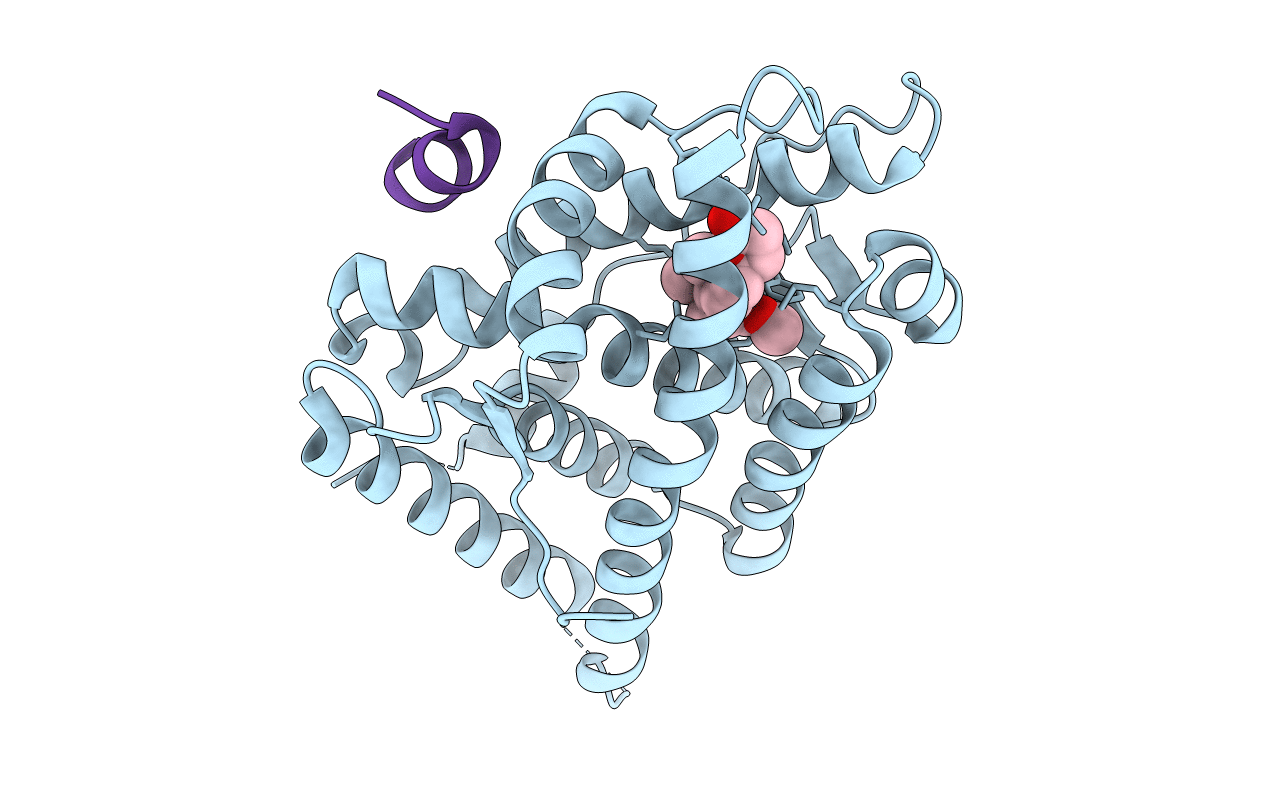
Deposition Date
2017-01-20
Release Date
2018-03-07
Last Version Date
2024-01-17
Method Details:
Experimental Method:
Resolution:
1.75 Å
R-Value Free:
0.24
R-Value Work:
0.22
R-Value Observed:
0.23
Space Group:
P 21 21 21


